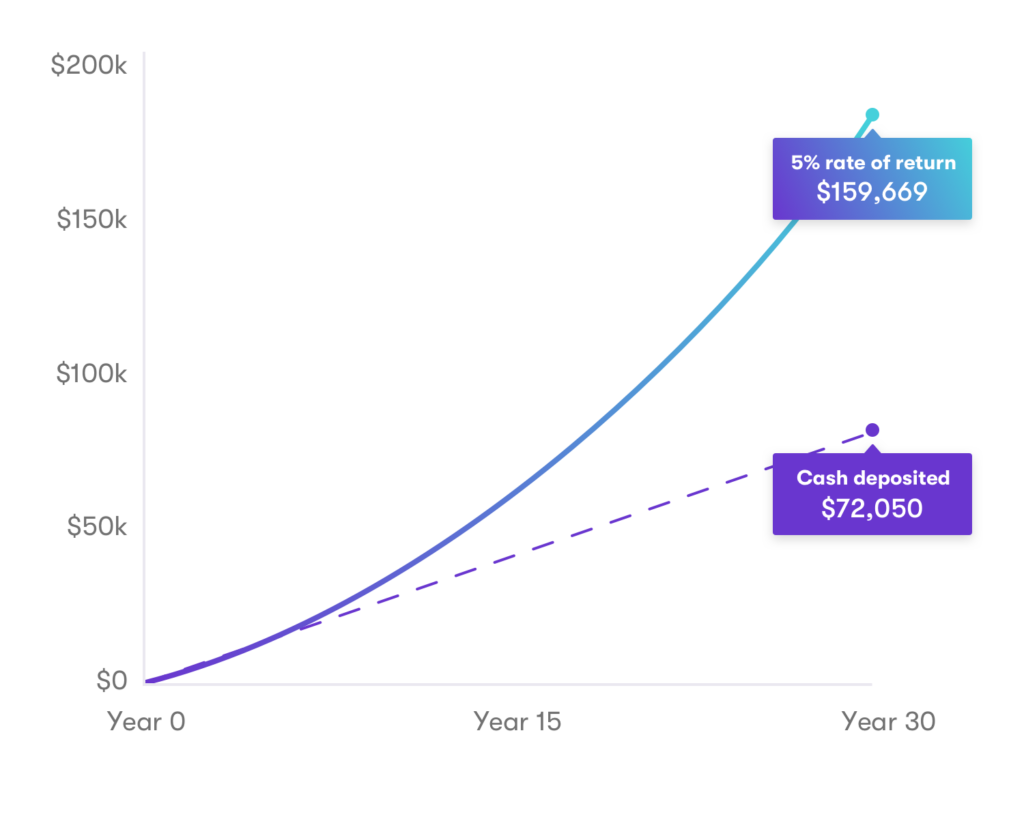Aug 27, 2018
Investing Myths: Don’t Believe These Tall Tales About Your Investments
Like Bigfoot, these investing myths can be captivating. But are they the financial equivalent of a guy in a gorilla suit?

Like the Loch Ness Monster and Bigfoot, the financial world has its boogeymen. But unlike fictitious 8-foot tall ape-men, these myths can actually cause you financial damage.
And many of these investing myths simply refuse to die. Here are some of the most notorious and timeless tall tales about investing that are worth dispelling.
1. Investing is the same as gambling
All investments have risks. So, is it fair to equate buying a stock with putting your money in a slot machine?
Not really. You may take a gamble on a certain risky investment, but the concept and act of investing, for most people, involves decreasing the level of risk. Investors are trying to earn a return with as much certainty as possible, and it is a positive-sum activity, likely to create value.
Gambling, on the other hand, is a zero-sum game of chance, in which no value is created. And the odds are generally stacked against you.
2. Gold is a “safe” investment
Of all the investing myths, this is a big one. Stocks rise and fall. Companies go out of business. But one thing has seemingly always held value: Gold.
While gold is still a popular and valuable investment, it’s not necessarily a “safe” one. Gold still has its risks; It’s subject to forces of the market, like inflation, interest rate changes, etc.
Gold and other precious metals may have some advantages over other investments, but calling them “safe” is inaccurate.
3. Past performance is indicative of future returns
Investors recently soured on Facebook, despite its meteoric stock performance over the past decade. Though Facebook will likely continue to earn billions of dollars, it’s been caught up in numerous controversies, snarling growth. Investors and analysts, therefore, aren’t expecting the company to live up to its past performance in the future.
Similarly, General Electric, which had long been a stock market stalwart, was recently removed from the Dow Jones Industrial Average as its business has declined in recent years.
The lesson? That past performance doesn’t guarantee anything in the future. Just because a stock or other investment has seen strong historical performance doesn’t mean it will going forward.
4. You can time the market
This investment myth is a big one. Timing the market is hard, if not impossible. But that doesn’t make it any easier to cope with the itch to sell every time the market drops.
Sure, you might end up tapping out at a market peak, but the odds are against it. And you want to get into the habit of buying and holding—that’s part of how Warren Buffett made his billions, after all.
It’s not about timing the market; it’s about time in the market.
5. The pros know better
You’d think that the professionals would be able to outperform an average Joe, wouldn’t you? That’s not actually the case, though. In fact, almost no one regularly beats the market. Roughly 95% of professional fund managers fail to consistently beat the market, according to industry data.
If you can’t beat the market, then, why not bet on the market? You can invest in ETFs or index funds and gain exposure to the whole market, rather than portions of it. The S&P 500 has an average annualized return of almost 10% over the past 90 years—it’s hard to beat that.
6. You have plenty of time to start investing.
If there were a magic formula for investing (there isn’t), it would undoubtedly include one key ingredient: Time.
The earlier you start investing, the better. That’s because compounding does most of the heavy lifting over the years, lifting your portfolio’s value as it notches returns, and accrues dividends and interest, on top of the already accrued gains.
It’s never too early to start. Say you start putting away $50 a week in an investment account that owns a variety of stocks, bonds, and cash. If that account earns an average of 5% annually, you’ll have over $159,669 in 30 years when the interest is compounded annually.

7. You need a lot of money to invest.
Nonsense. You can get started with only $5 using Stash.
1 The rate of return on investments can vary widely over time, especially for long-term investments including the potential loss of principal. For example, the S&P 500® for the 10 years ending 1/1/2014, had an annual compounded rate of return of 8.06%, including reinvestment of dividends (source: www.standardandpoors.com). Since 1970, the highest 12-month return was 61% (June 1982 through June 1983). The lowest 12-month return was -43% (March 2008 to March 2009). The S&P 500® is an index of 500 stocks seen as a leading indicator of U.S. equities and a reflection of the performance of the large-cap universe, made up of companies selected by economists. The S&P 500 is a market value weighted index and one of the common benchmarks for the U.S. stock market.
Related Articles

15 Largest AI Companies in 2024

The 12 Largest Cannabis Companies in 2024

What Is a Traditional IRA?

Saving vs. Investing: 2 Ways to Reach Your Financial Goals

How To Invest in the S&P 500: A Beginner’s Guide for 2024

Stock Market Holidays 2024





